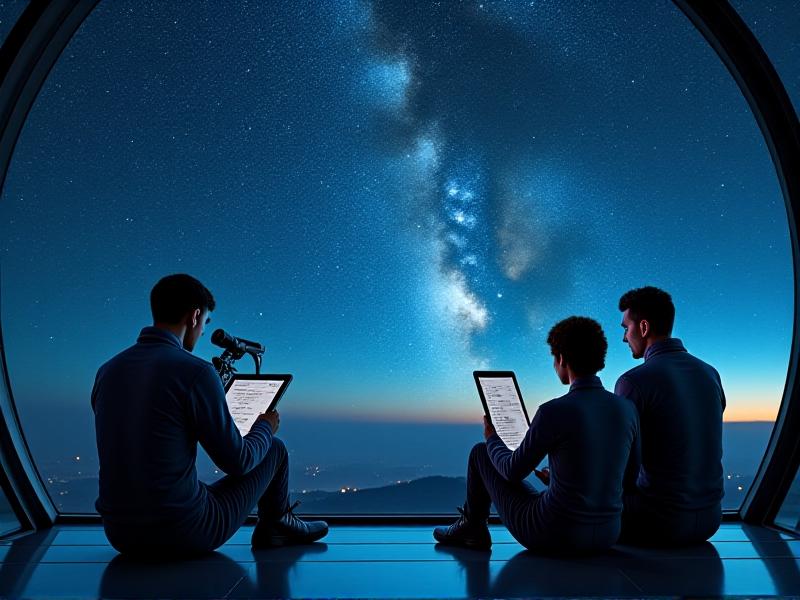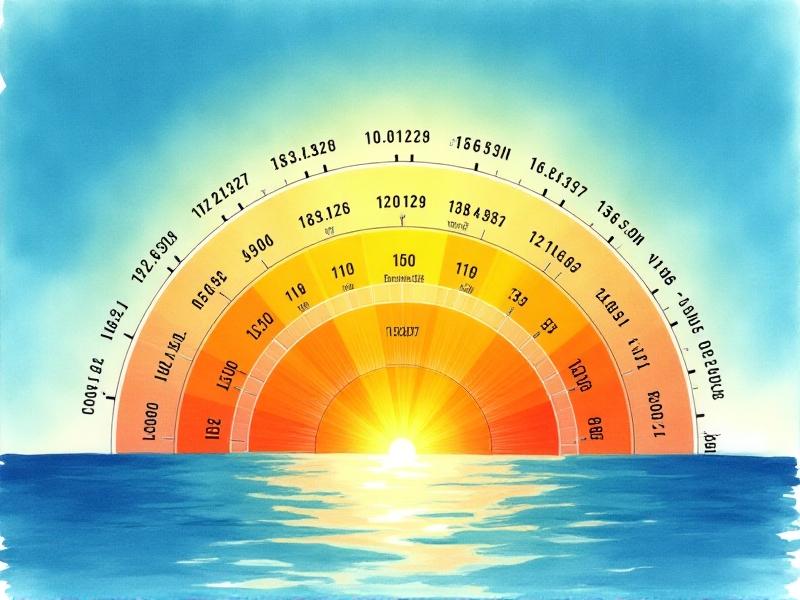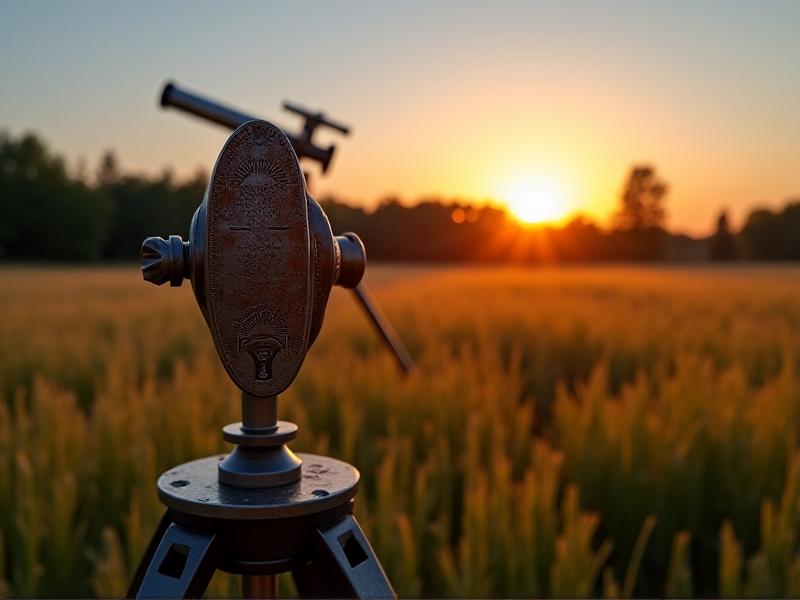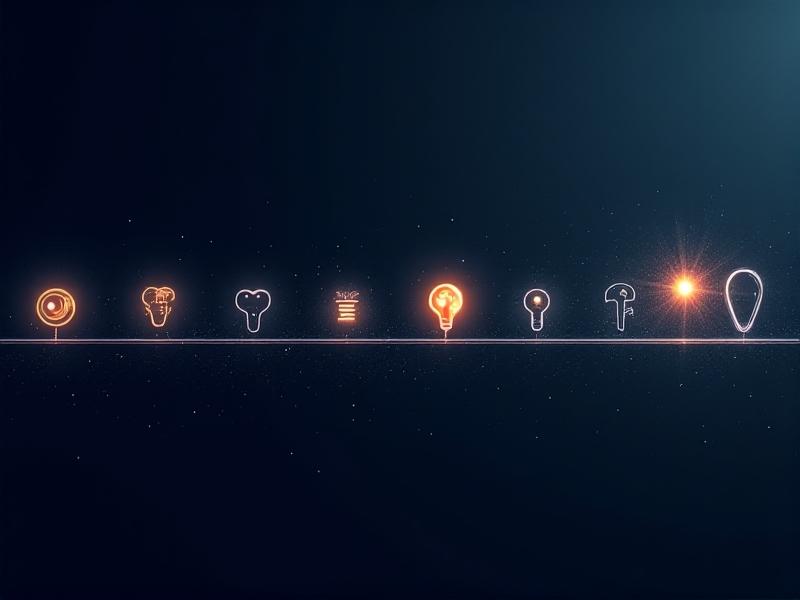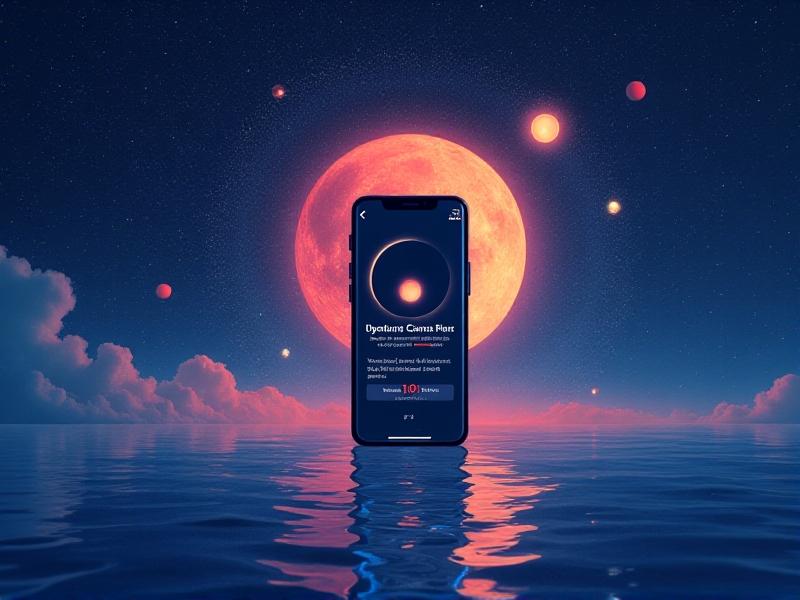Inclusive Astronomy Outreach Kits for K-12 Education
The Importance of Inclusive Astronomy Outreach Kits
Astronomy has long been a gateway to curiosity, inspiring students to explore the universe and their place within it. However, traditional educational resources often fail to engage diverse learners, particularly those from underrepresented communities. Inclusive astronomy outreach kits are designed to bridge this gap, offering hands-on, accessible tools that cater to a wide range of learning styles, abilities, and cultural backgrounds. These kits not only make astronomy more relatable but also foster a sense of belonging among students who might otherwise feel excluded from STEM fields.
By incorporating materials that reflect diverse perspectives and experiences, these kits help dismantle barriers to participation. For instance, they might include star maps featuring constellations from different cultures or activities that highlight contributions from astronomers of various ethnicities and genders. This approach ensures that all students see themselves as potential contributors to the field, nurturing a more inclusive and equitable learning environment.

Designing Kits for Accessibility and Engagement
Creating inclusive astronomy outreach kits requires careful consideration of accessibility and engagement. These kits must be designed to accommodate students with varying physical, cognitive, and sensory needs. For example, tactile models of celestial bodies can help visually impaired students explore the shapes and textures of planets, while simplified language and visual aids can support those with learning disabilities.
Engagement is equally important. Interactive elements like build-your-own telescope kits or augmented reality apps can captivate students’ attention and make complex concepts more digestible. Additionally, incorporating storytelling and cultural narratives can make astronomy more relatable and memorable. By blending accessibility with creativity, these kits ensure that every student can participate fully and enjoyably in the learning process.
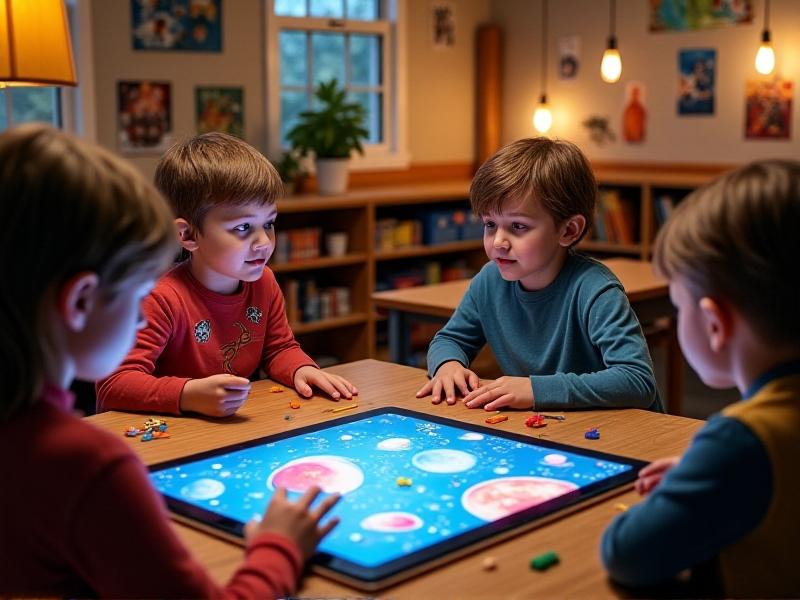
Integrating Cultural Relevance into Astronomy Education
Astronomy is a universal science, yet its teaching often centers on Western perspectives. Inclusive outreach kits can challenge this bias by integrating cultural relevance into their design. For instance, kits might include activities that explore how different cultures have interpreted the night sky, from the Indigenous Australian Dreamtime stories to the Chinese zodiac constellations.
This approach not only enriches students’ understanding of astronomy but also fosters respect for cultural diversity. By highlighting the contributions of non-Western astronomers and their unique ways of understanding the cosmos, these kits encourage students to appreciate the interconnectedness of human knowledge. Such an inclusive curriculum can inspire a new generation of astronomers who value and celebrate diverse perspectives.
Collaborating with Educators and Communities
Effective inclusive astronomy outreach kits are not created in isolation. Collaboration with educators, community leaders, and students is essential to ensure that the kits meet the needs of their intended audiences. Educators can provide valuable insights into classroom dynamics and learning challenges, while community leaders can offer perspectives on cultural relevance and accessibility.
Engaging students in the design process can also yield innovative ideas and ensure that the kits are truly user-friendly. By fostering partnerships with diverse stakeholders, creators of these kits can build trust and ensure that their resources are both effective and meaningful. This collaborative approach not only enhances the quality of the kits but also strengthens the connection between schools and their communities.
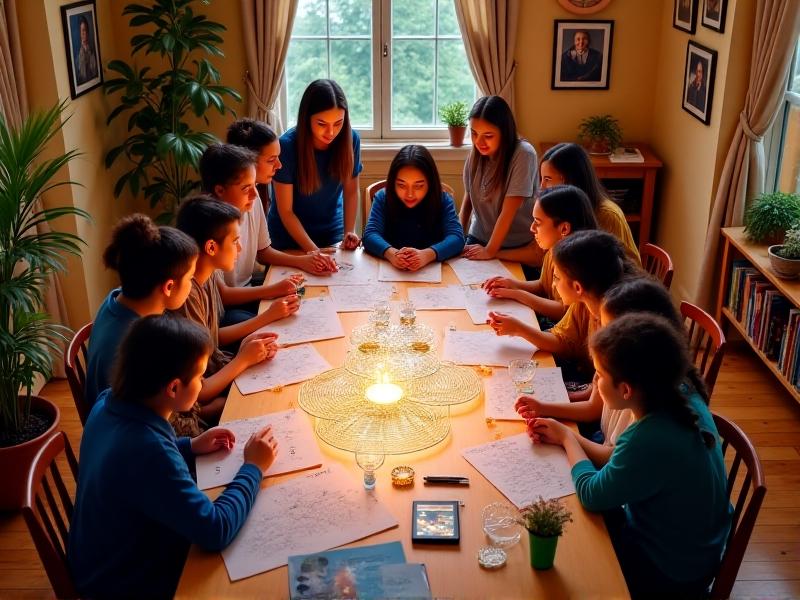
Measuring the Impact of Inclusive Outreach Kits
To ensure that inclusive astronomy outreach kits are making a difference, it’s important to measure their impact. This can be done through surveys, focus groups, and classroom observations that assess changes in students’ attitudes, knowledge, and engagement with astronomy. Tracking long-term outcomes, such as increased interest in STEM careers among underrepresented groups, can also provide valuable insights.
Feedback from educators and students can help refine the kits and address any shortcomings. By continuously evaluating their effectiveness, creators can ensure that these resources remain relevant and impactful. Ultimately, the goal is to create a feedback loop that drives ongoing improvement and innovation in inclusive astronomy education.
Scaling Inclusive Astronomy Outreach Nationwide
While many schools and communities have embraced inclusive astronomy outreach kits, scaling these resources nationwide remains a challenge. Partnerships with educational organizations, government agencies, and private funders can help expand access to these kits. Grants and subsidies can make them more affordable for underserved schools, while online platforms can provide digital versions for remote learners.
Training programs for educators can also play a crucial role in scaling these efforts. By equipping teachers with the skills and knowledge to use the kits effectively, schools can maximize their impact. As more students benefit from these inclusive resources, the field of astronomy can become more diverse and representative of the world we live in.
